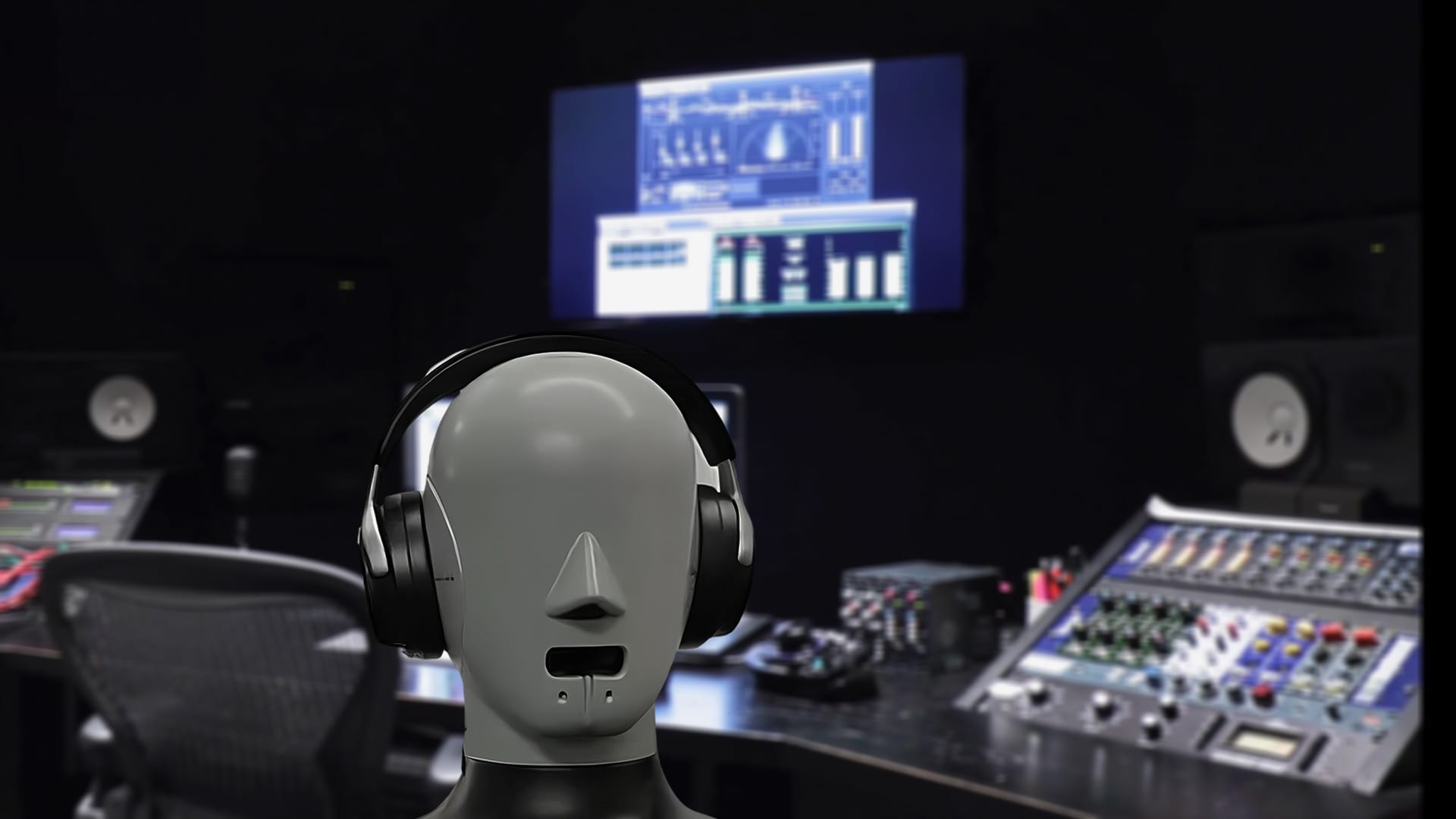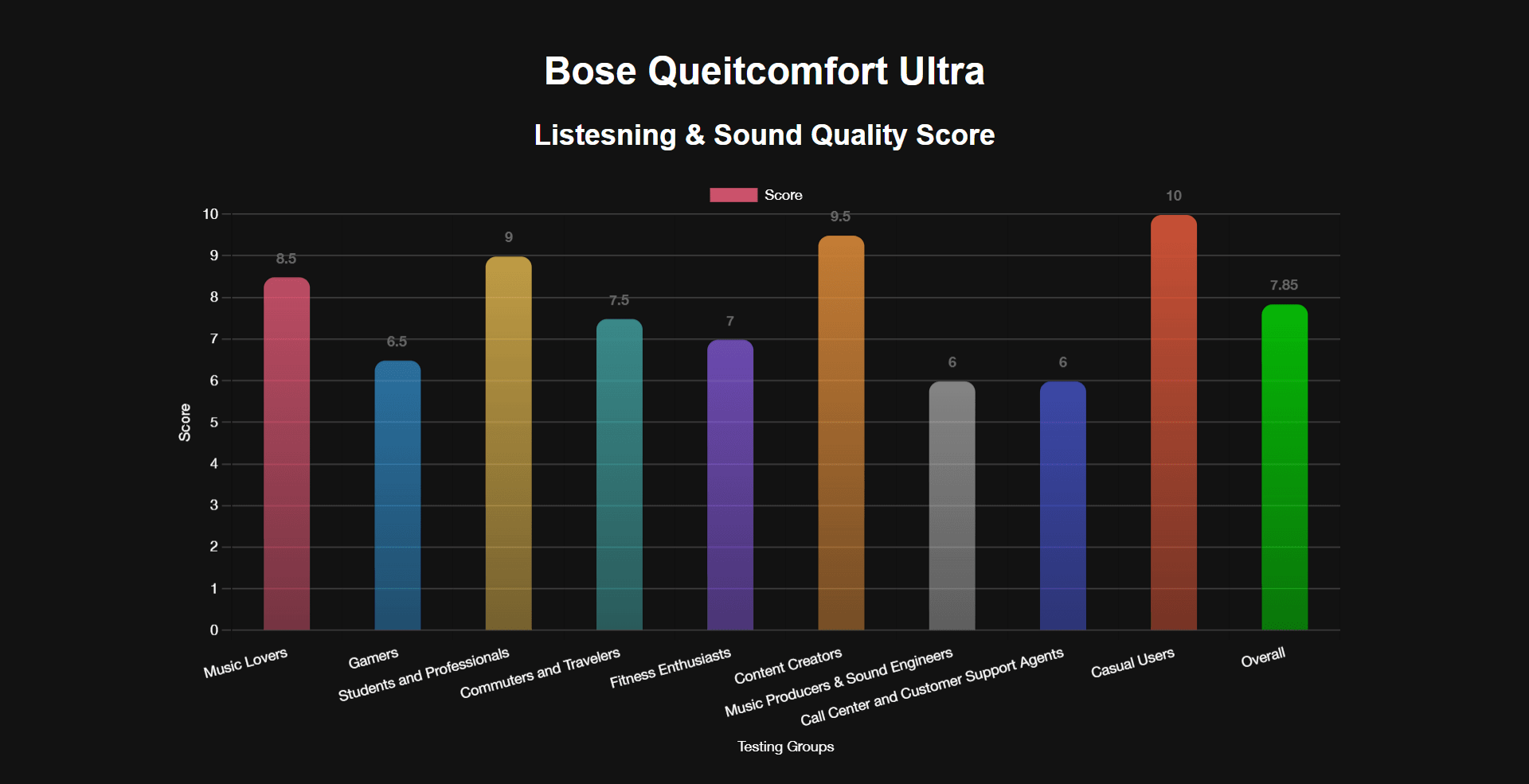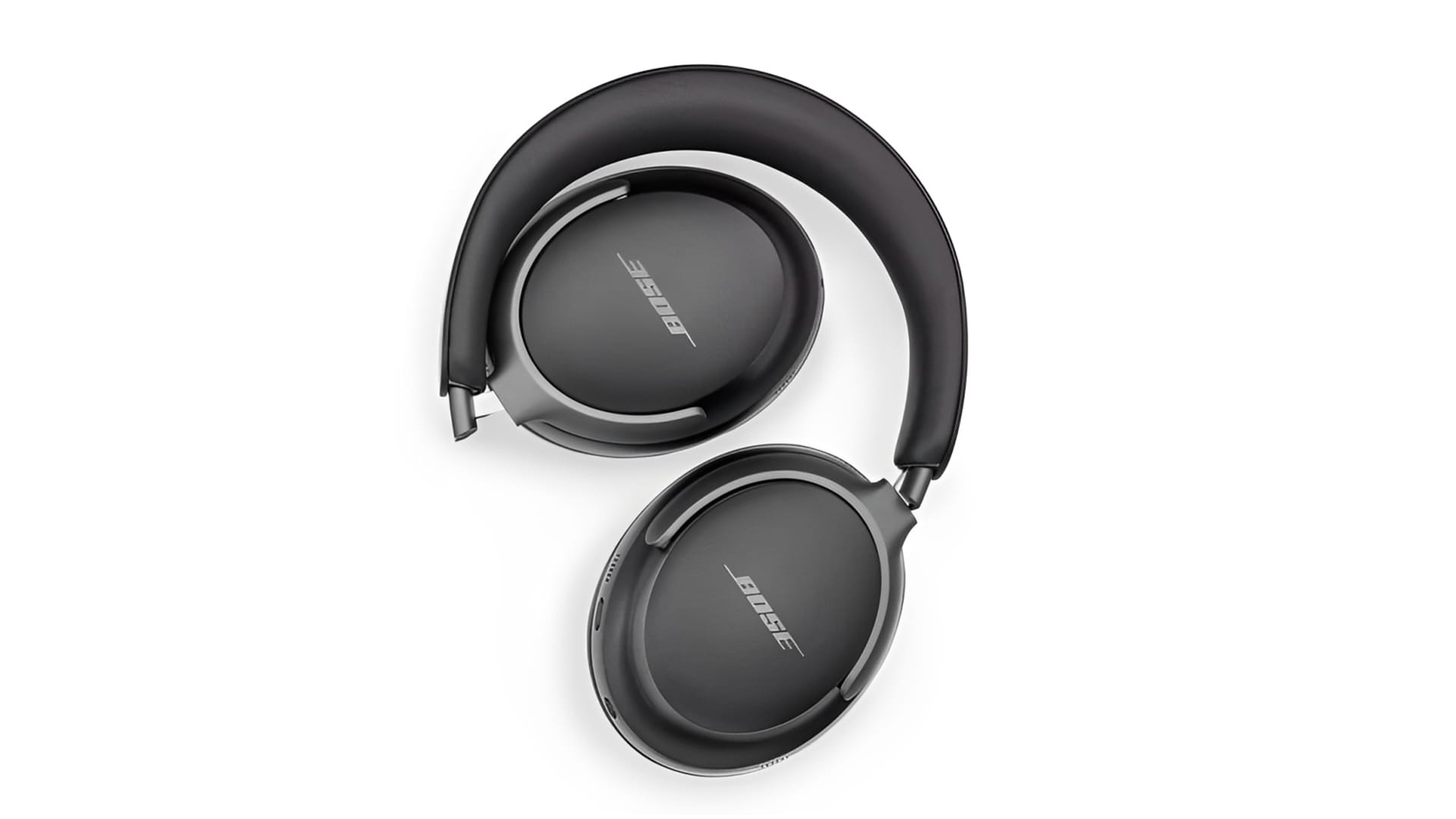Technowant Headphones Testing Method

If you want to purchase an electronic device, the first thing that might come to your mind is to search for the name of the device + “review” on Google and read articles on websites that have reviewed the product. But can you really trust every website? As you may know, the primary source of income for all websites that are product-review-based is affiliate marketing. This means, for example, if you read a product review article on a website, click on the purchase link, and ultimately make your purchase from Amazon, that website earns a commission. In other words, the website only generates income if it persuades you to like the product they’ve reviewed and make a purchase. Naturally, this means they write in a way that encourages you to buy.
Here at Technowant, our job is to review headphones, and our mission is to help every individual find and purchase the headphone that suits them best. However, what sets us apart from most websites that review products is that we scientifically test headphones in our dedicated headphone testing studio. We then present the results of our tests in our articles for you. In this article, we aim to familiarize you with the methods we use to test each headphone at Technowant.
Equipment Needed for Headphones Testing:
The first essential requirement for headphone testing is having an acoustically treated space, such as a studio. Next is a head simulator, and for our headphone testing, we use a head simulator called the Bruel & Kjaer 5128. This simulator is connected to a signal conditioner model (B&K 1704 C-102) to power the ear simulators. Then, to digitize the signals, we use an audio interface model (Focusrite). For recording, measurement, analysis, and exporting results, we rely on an application called SoundCheck.
From these explanations, you’ve probably realized that the process of testing a headphone goes far beyond simply using it for a while and writing about the experience in a basic article or describing it in a YouTube video. Of course, there are websites that test headphones very professionally and scientifically, making them highly reliable, such as SoundGuys.com and RTINGS.com.
Frequency Response:
As a team of audio engineers and specialists, we can confidently tell you that the most important factor to consider when buying headphones is their frequency response. Frequency response refers to how well a pair of headphones can reproduce the various frequencies of a sound signal. For example, some headphones are better at reproducing bass frequencies, which means they are ideal for individuals who enjoy listening to music with a strong bass presence.
We measure the frequency response of all headphones using the Bruel & Kjaer 5128 device and the SoundCheck application. The resulting data is then visualized using Chart.js and presented in our articles for your reference.
The above chart pertains to the Bose QuietComfort Ultra headphones. To make it easier for you to understand the frequency response of each headphone, we’ve added a dashed red line labeled the Technowant Preference Curve. Based on our research, this curve represents an ideal frequency response for headphones. The blue line represents the frequency response of the reviewed headphones. With the red line as a reference, it becomes much easier to determine whether a headphone’s frequency response is suitable or not.
We display the frequency response within the range of human hearing, which is between 20 Hz and 20,000 Hz. If you hover your mouse over any part of the lines, the precise dB level and frequency at that point will be displayed for you.
Sound Quality & Listening Test
To test the sound quality and listening experience of each headphone, there are several scientific methods available. However, at Technowant, we decided to evaluate sound quality and performance based on the feedback of different segments of society who use headphones the most. In this approach, we provide the headphones to 9 distinct groups from various walks of life and ask them to rate the performance of the headphones on a scale from 1 to 10.
The following groups test and evaluate the sound quality of our headphones:
- Music Lovers
- Gamers
- Students and Professionals
- Commuters and Travelers
- Fitness Enthusiasts
- Content Creators
- Music Producers & Sound Engineers
- Call Center and Customer Support Agents
- Casual Users
According to our research, these 9 groups of people typically use headphones the most, and their feedback can help you make a better decision about whether a particular headphone is suitable for you. After these individuals provide their ratings for the headphone, the Technowant team also shares its score based on thorough reviews and tests. Finally, an overall score is calculated for the headphone, and we present the results to you in the form of the chart below.

ANC & Isolation
The next factor evaluated in headphone testing is isolation and active noise cancelation (ANC). To conduct this test, we use studio environments equipped with monitoring speakers to play various noise types, such as airplane sounds, wind, or the ambiance of a busy environment. Using the Bruel & Kjaer 5128 head simulator, we measure the frequency of these sounds.
In the next step, the headphones are carefully placed on the head simulator, and the noises are played again while measuring the frequencies. The difference between these frequencies and the initial ones indicates the isolation level of the headphones.
For measuring ANC performance, we activate the ANC mode on the headphones, play the noises, and measure the frequencies again. The difference between these frequencies and those recorded in the first stage demonstrates the strength and effectiveness of the ANC in the headphones.
The chart above illustrates the isolation and active noise cancelation (ANC) levels of the Bose QuietComfort Ultra headphones. In isolation and ANC graphs, the higher the decibel (dB) values, the greater the noise reduction. Conversely, lower dB values indicate less effective noise reduction.
Microphone Test
To test headphone microphones, we first record a human voice in a studio environment. This recording is then played back using monitoring speakers at a volume of 60 dB (the normal speaking volume of a human). The headphones are placed at a standard distance from the monitoring speakers, and the sound is recorded using the headphone’s microphone.
Next, to determine the noise-canceling capability of the microphone, we play a noise, such as the sound of a busy city environment, in the studio and record it again with the headphone’s microphone. The recordings captured by the headphone microphone are made available on our website for your review.
Battery Life Test
To test the battery life of headphones, we perform three types of tests:
- Battery life test under normal usage conditions.
- Battery life test with Active Noise Canceling (ANC) enabled (if the headphones support this feature)
- Charging time test for the headphones
The results of these three tests provide comprehensive information about the battery performance of each headphone.
Build Quality
In our build quality test, we aim to identify the materials used in different parts of the headphones and, based on our expertise, provide an assessment of how well the headphones are constructed, the quality of the materials used, and their potential durability over time.
Design & Comfort
If a pair of headphones can produce the best possible sound but their design makes them uncomfortable to use, you’re unlikely to enjoy or use them. That’s why we evaluate headphones in terms of comfort and design. For example: Are the ear cups designed and constructed to standard? Do they fit snugly over the ears? How adjustable is the headband? How much pressure does the headband exert on the head? How long can the headphones be used without causing discomfort or ear sweating? Are they foldable for easier storage? Do they come in color options suitable for various tastes? These are some of the factors we consider.

Price Value
The final factor we consider when evaluating headphones is their value for money. Based on the comparisons we conduct, we can tell you whether the price of a headphone is reasonable given its features and capabilities, and whether it is worth purchasing. For example, there are instances where a headphone might have limited features and capabilities but still offer good value for specific purposes, such as everyday use.
Earning money at any cost is not our priority!
Through years of experience with different businesses, the most important lesson I’ve learned is this: if you chase money and are willing to compromise your values to get it, money will always slip away. However, if you adhere to ethical principles and prioritize serving society and people, wealth and abundance will naturally flow toward you.As the owner of Technowant, I promise you that honesty is our top priority in our reviews. We never accept payment from any company for writing reviews. The only sources of income for our website are affiliate programs and advertisements.
Amir Ghods
